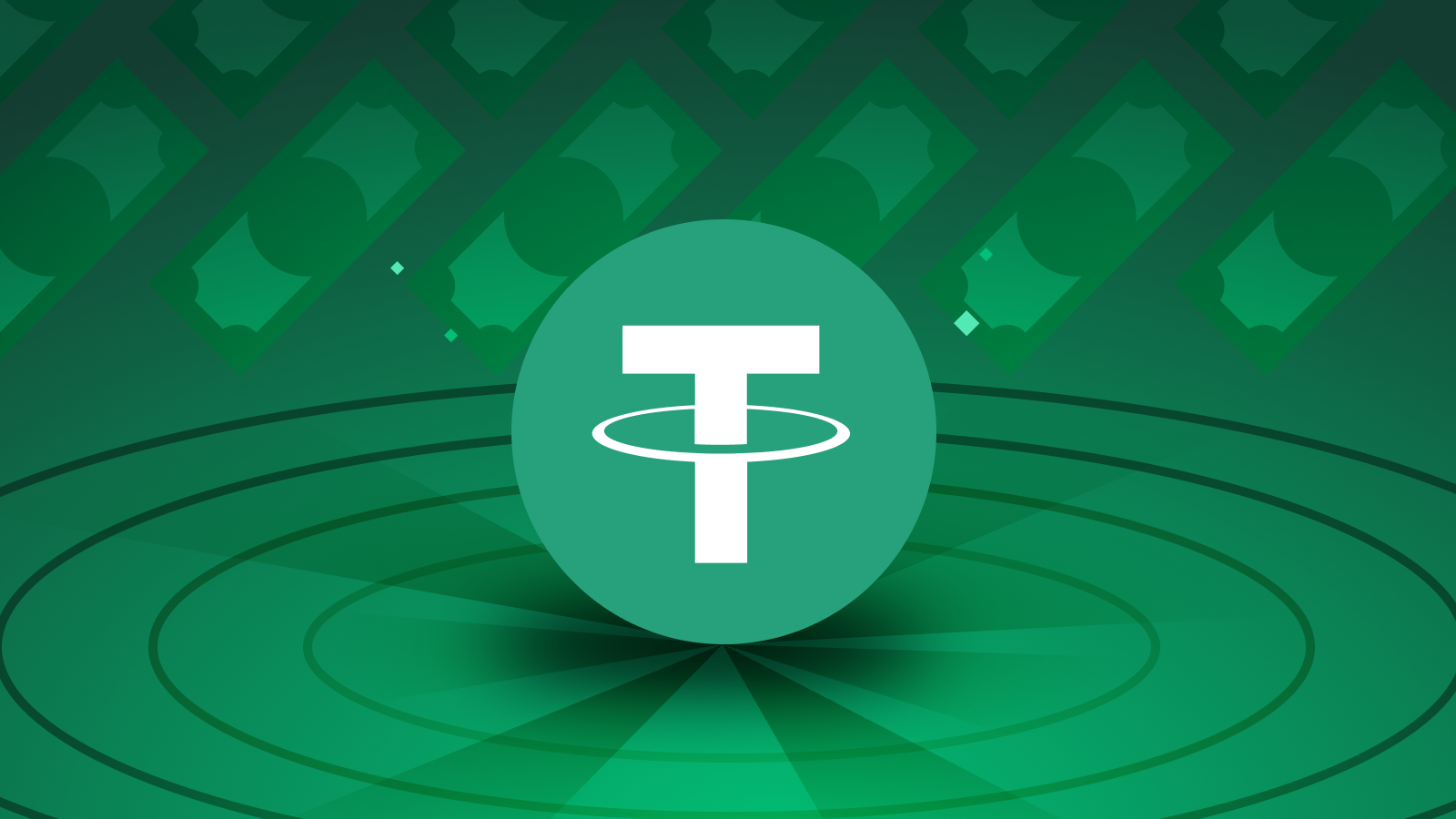In the fast-paced world of cryptocurrency, milestones are achieved regularly, reshaping the landscape of digital assets. Recently, Paolo Ardoino, the CEO of Tether, took to social media to celebrate a significant accomplishment for the stablecoin USDT, as it reached an impressive $91.5 billion market capitalization. Ardoino’s message, “Tether evolved,” encapsulates the growth and importance of Tether in the crypto ecosystem.
Tether (USDT) stands as one of the most well-known stablecoins, designed to maintain a stable value by pegging it to a reserve of fiat currencies, such as the US Dollar. This stability makes USDT a popular choice for traders and investors seeking a reliable bridge between the volatile cryptocurrency markets and traditional financial assets.
The milestone of a $91.5 billion market cap positions USDT as a cornerstone in the broader crypto market. Ardoino’s celebratory message reflects not only the success of Tether but also the increasing reliance on stablecoins within the crypto community. Traders often utilize stablecoins like USDT as a safe haven during periods of market volatility, allowing them to swiftly move funds between different cryptocurrencies without exposure to price fluctuations.
The evolution of Tether goes beyond its market cap, as it has adapted to meet the changing needs of the crypto community. Originally launched on the Bitcoin blockchain using the Omni Layer protocol, Tether has expanded its presence to various blockchain networks, including Ethereum (as an ERC-20 token), Tron (as a TRC-20 token), and more recently, the Solana blockchain. This multi-chain approach enhances accessibility and provides users with flexibility in choosing the blockchain that aligns with their preferences.
One of the key drivers behind Tether’s success is its commitment to transparency. Unlike some other stablecoins, Tether has consistently provided regular attestations, offering insights into the reserve assets backing USDT. This commitment to transparency helps build trust among users and contributes to the stablecoin’s widespread adoption.
However, Tether has not been without controversy. The stablecoin has faced scrutiny regarding the transparency of its reserves and concerns about whether the issued USDT is fully backed by fiat currencies. Tether has repeatedly sought to address these concerns by engaging in third-party audits, providing regular updates on its reserves, and adopting measures to enhance transparency. The $91.5 billion market cap achievement is likely to renew discussions around the stablecoin’s robustness and its role in the crypto market.
Beyond its use as a trading pair and a stable store of value, Tether has also played a vital role in the decentralized finance (DeFi) ecosystem. Many DeFi protocols and platforms leverage USDT for liquidity pools, lending, and other financial services. The versatility of Tether has contributed to the growth and sophistication of the DeFi space, allowing users to access a wide range of decentralized financial products without exposure to the volatility of other cryptocurrencies.
As Tether continues to evolve and adapt to the changing dynamics of the crypto space, its role in the market is likely to expand further. The stablecoin’s success is not only a testament to its stability but also to its ability to navigate challenges, embrace technological advancements, and cater to the diverse needs of the crypto community.
In conclusion, Paolo Ardoino’s celebration of Tether reaching a $91.5 billion market cap signifies a momentous achievement for the stablecoin and highlights its pivotal role in the cryptocurrency market. Tether’s evolution, marked by its multi-chain presence, transparency initiatives, and contributions to the DeFi ecosystem, underscores its adaptability and resilience. As Tether continues to shape the landscape of stablecoins, its journey remains closely intertwined with the broader narrative of the evolving and maturing crypto industry.






